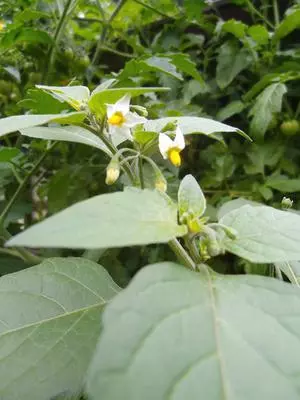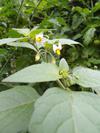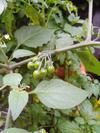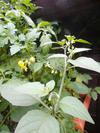by Helen
(Germany)




I´ve found several suspect plants apparently camouflaging themselves among my tomato plants. Since the blossoms are similar, I assume that, like tomatoes and potatoes, they also belong to the nightshade family but the question is if they belong to the deadly variety.
Comments for Deadly Nightshade?
|
||
|
||
|
||
|
||
|
||
|
||
|
||
|
||
|


